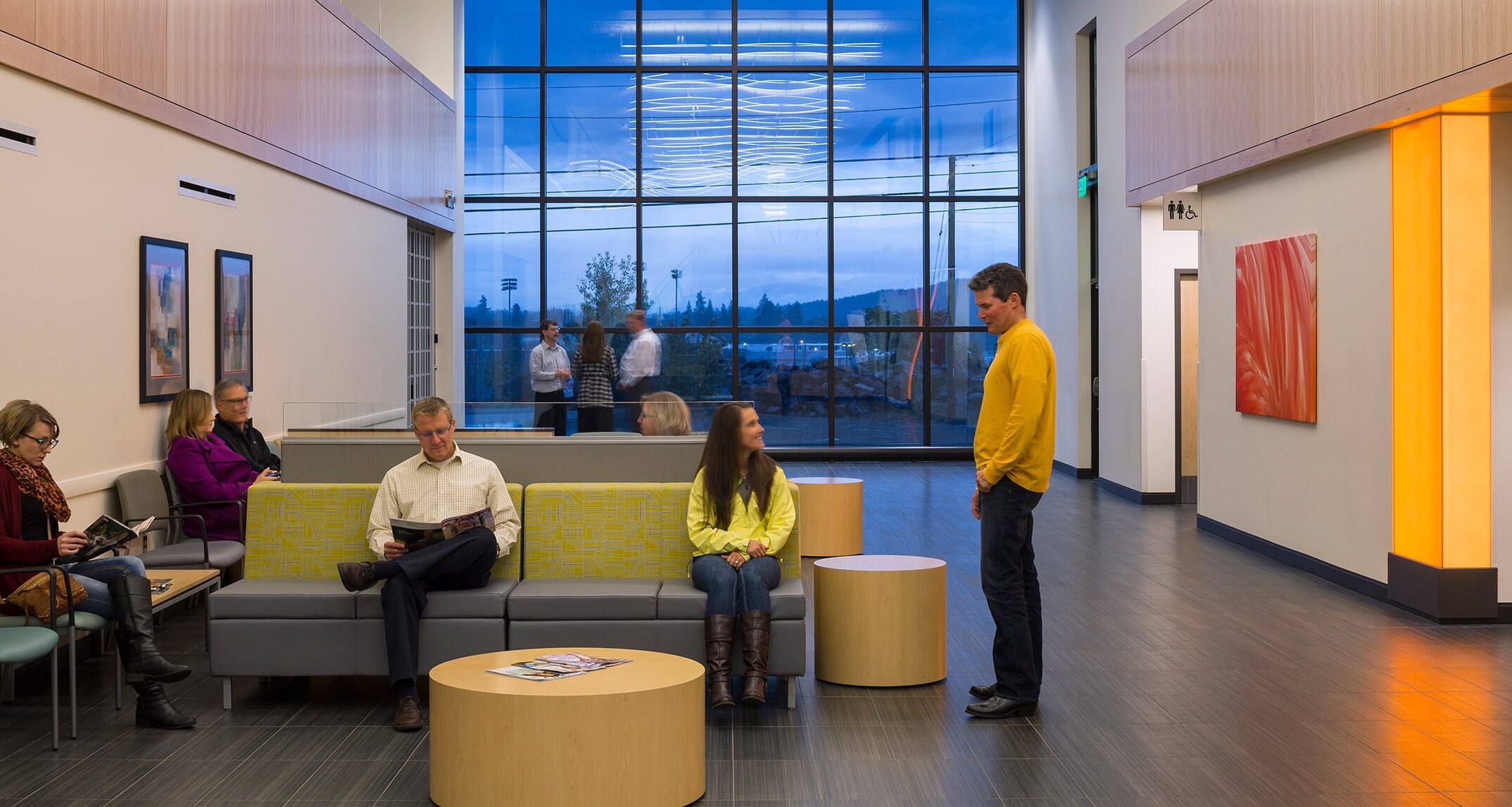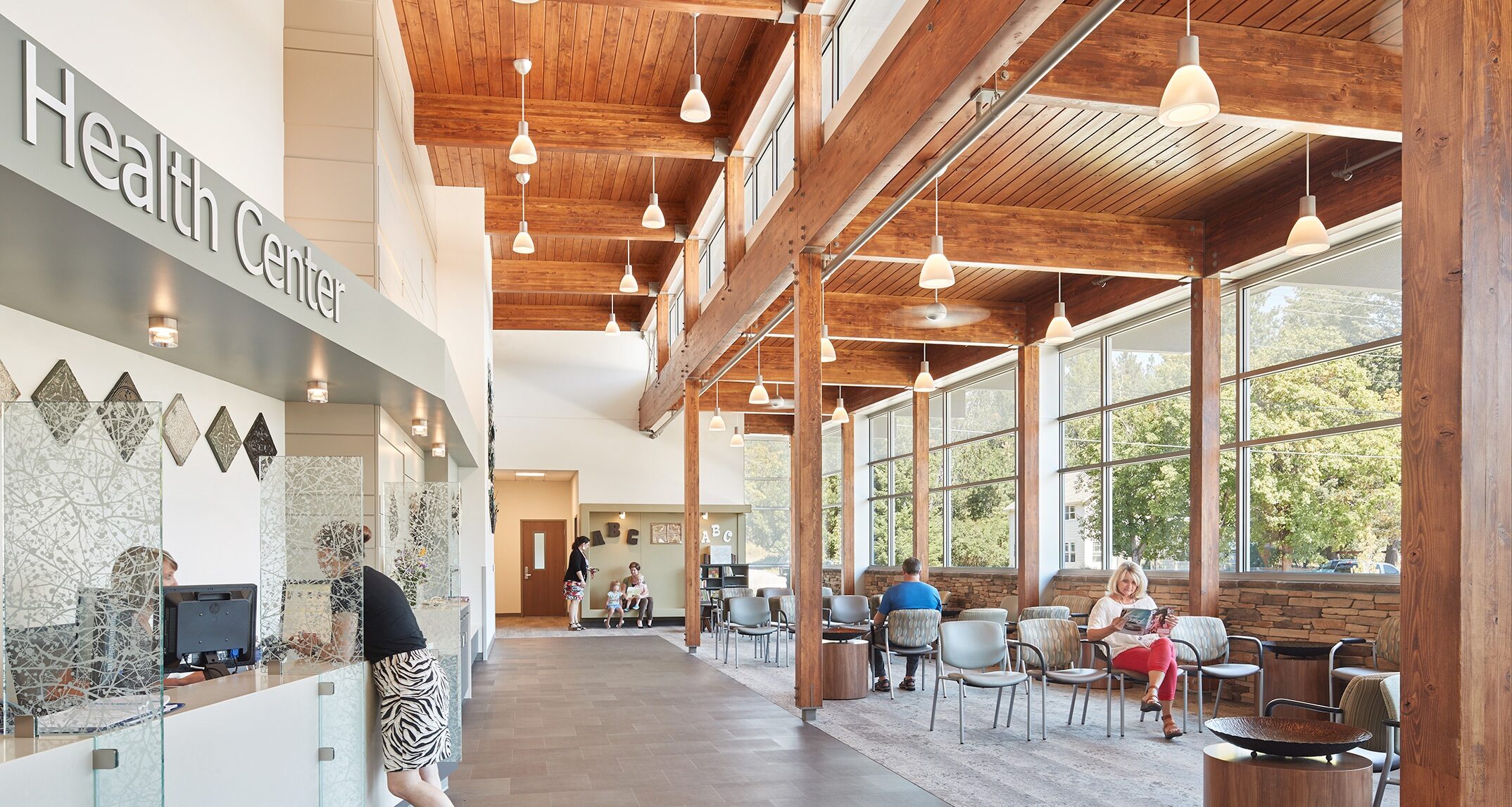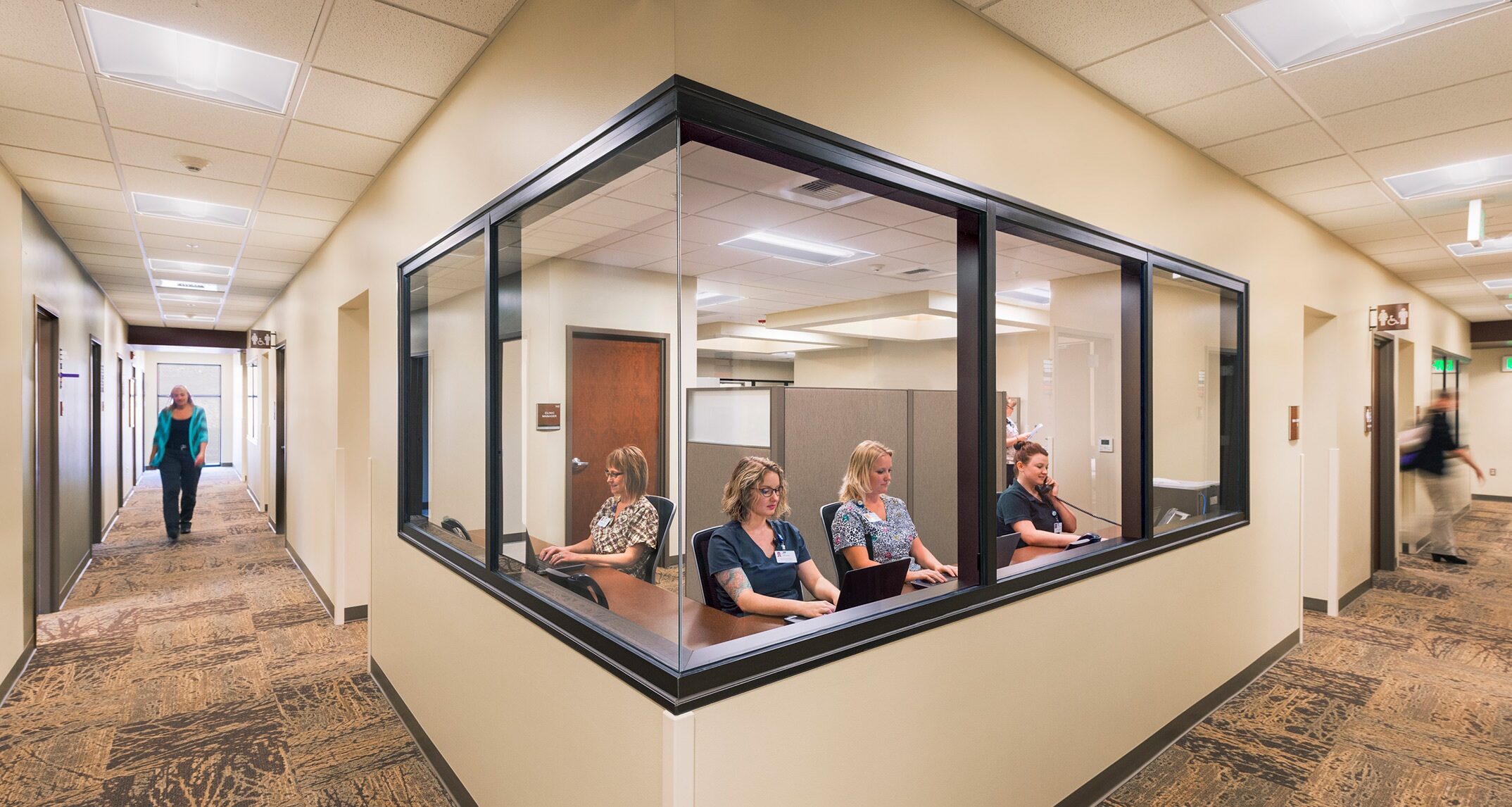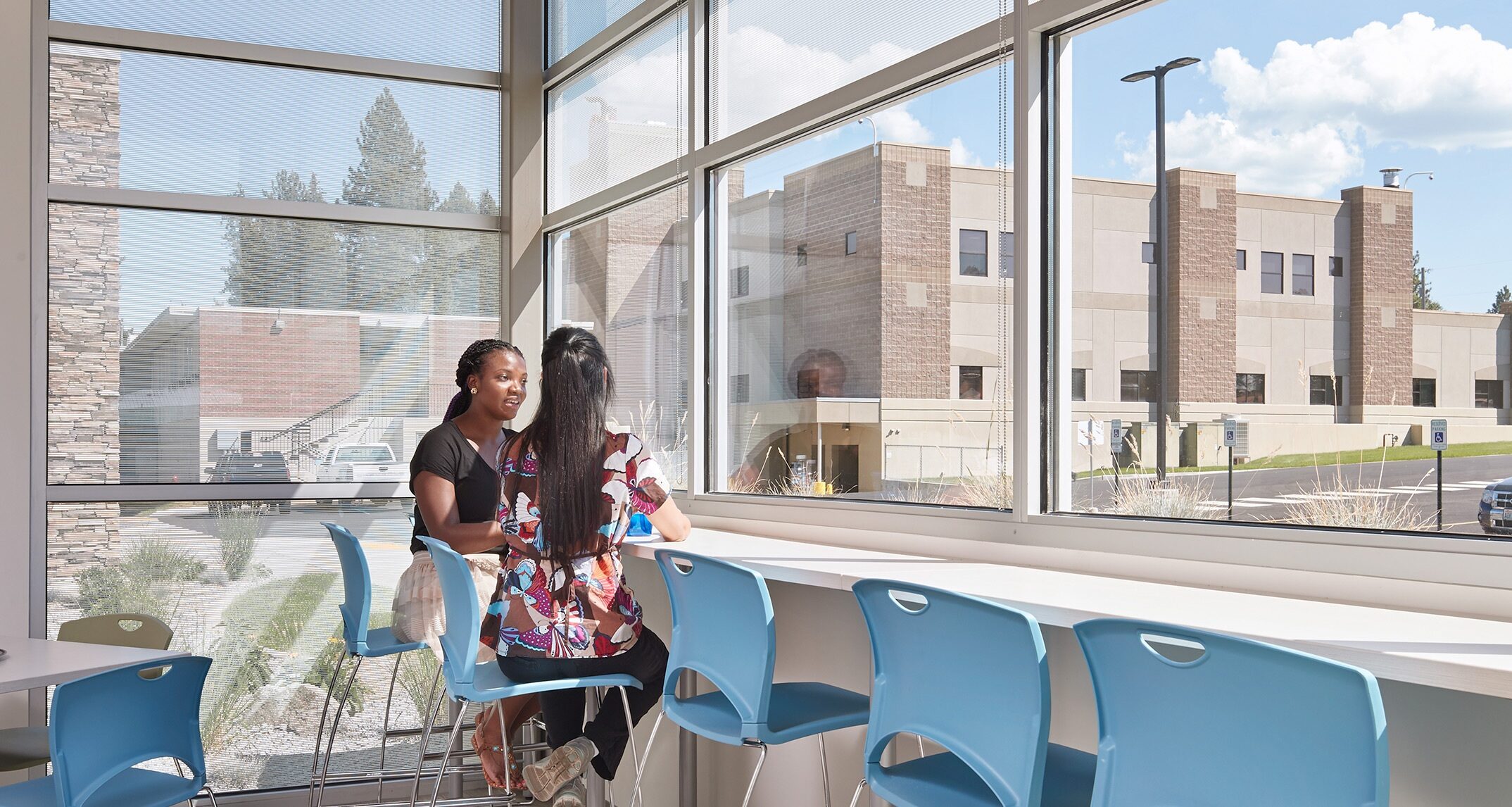Team-Based Medicine: The Patient-Centered Medical Home

Gone are the days of the private physician office tucked quietly away from the center of the clinic; now the center of the clinic is where the work and collaboration takes place. The Patient-Centered Medical Home (PCMH) reorganizes how primary care is structured and delivered. From simple problems to multiple chronic conditions, the philosophy is to form a partnership among the patient, his or her healthcare provider, and his or her family to ensure the patient receives the necessary care when and where it is needed.
Five characteristics of PCMH
- Patient-Centered Care
At the heart of the PCMH is the strong relationship among the healthcare providers, the patient, and the patient’s family. This provides a better understanding of the patient’s health, as well as his or her unique needs and preferences. - Comprehensive
A team of care providers is wholly accountable for a patient’s physical and behavioral health care needs, including prevention and wellness, behavioral health, acute care, subspecialty care, home health agencies, and chronic care. - Accessible
Patients are able to access services with shorter waiting times, “after hours” care, 24/7 electronic or telephone access, and are able to communicate with providers through e-mail, patient portals or other health IT tools. - Coordinated Care
As patients move through various stages of care, their needs are met through the coordination of family members and multiple healthcare providers. In order to achieve this level of coordination, a patient-centered medical home supports clear and open communication between each involved party. - Quality and Safety
Clinicians and staff enhance quality improvement through the use of health IT and other tools to ensure that patients and families make informed decisions about their health.

Newport Health Center - NAC
Benefits of PCMH
- For Patients
- Engaged, happier, and more satisfied patients
- Better coordinated, more comprehensive and personalized care
- Improved access to medical care and services
- Improved health outcomes, especially for patients who have chronic conditions
- For the Practice
- Joy in practice: increased physician and staff satisfaction
- Physicians and staff are more efficient and flexible
- Improved safety and quality of care
- To the Bottom Line
- More efficient use of practice resources, resulting in cost savings
- Operational efficiencies
- A practice that is better prepared for a value-based payment system
Tailoring the Workplace for PCMH
With team-based medicine, the center of the clinic is where the work and collaboration takes place. A community space needs to be created to support the team where open communication and team integration can take place. Not only will this community space house a workstation for the provider and his or her MA, but this is where all members of the team should have their workstations, including Patient Care Coordinator, social worker, behavioral health, and stations for specialists and ancillary services, such as visiting physicians, PT/OT, nutritionists, etc.
Because technology plays such a strong role in the PCMH, it is imperative to include training space for staff. This allows for easy access to a space for learning new processes and technologies without having staff leave the clinic. This space can also be used for group patient visits and patient education.

Clearwater Valley Medical Center - NAC
It is also important to build in off-stage areas for staff to exit the patient areas and have a comfortable space with views to the exterior in order to recharge. Typically this is the staff break room, but can also include staff quiet rooms and exterior gardens.

Newport Health Center - NAC
The most critical design element for a PCMH is to ensure the exam rooms are large enough to accommodate not only the patient and family members, but also the different members of the patient care team to be in the room at the same time. With team-based medicine, the exam room is not just for examinations, but rather it should be considered a care space for the patient and the team.
